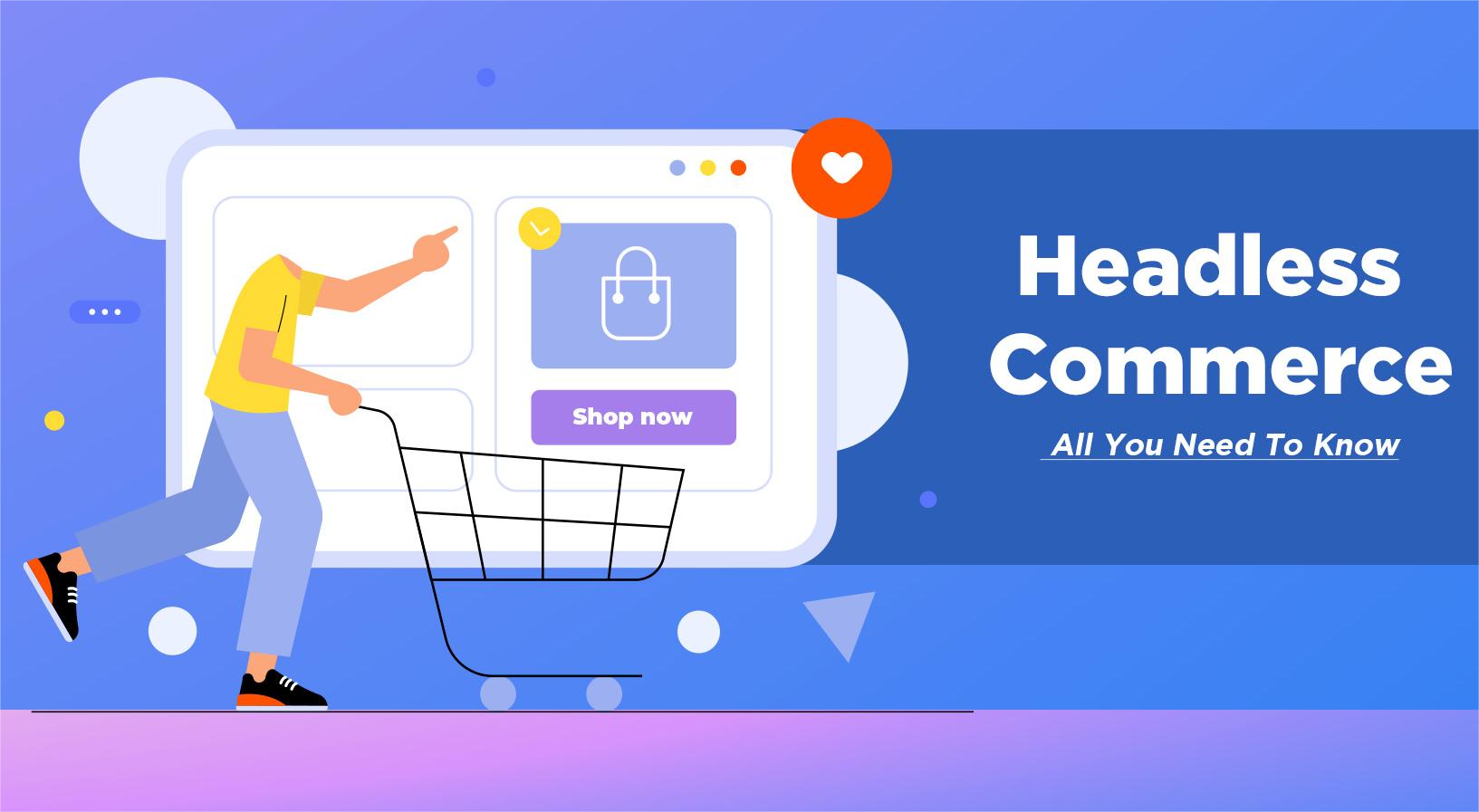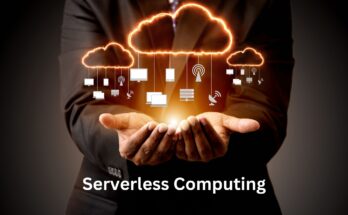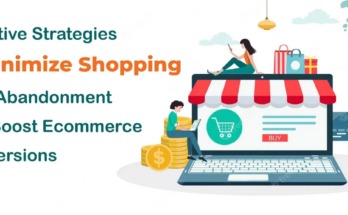The eCommerce world is changing fast, and new technology is needed to keep up with growing customer demands. One of the latest innovations making waves is headless commerce. Many experts believe it’s the future of online shopping. But what is headless commerce, and why is it important? Here’s what you need to know.
What is Headless Commerce?
In traditional eCommerce, the front-end (the part users see and interact with) and the back-end (where the store’s data and functions are managed) are connected. With headless commerce, these two are separated. This allows developers to create flexible and unique customer experiences on the front-end while using the same back-end system.
In simple terms, headless commerce lets you design your store’s front-end (like a website, mobile app, or even voice assistant) separately from the back-end that runs the store, giving you more freedom to customize the customer experience.
Why is Headless Commerce Becoming Popular?
- Works Across Different Platforms
Headless commerce lets businesses offer a consistent shopping experience on websites, apps, and social media. Since the back-end stays the same, the front-end can be easily tailored for each device, making it ideal for customers who switch between different platforms. - Faster Updates
Headless commerce allows faster updates since developers can change the front-end without touching the back-end. This enables quicker launches of new features, designs, and special functions, keeping businesses ahead of trends. - Personalized Experiences
Personalization is key to attracting customers today. With headless commerce, businesses can easily customize the shopping experience based on user preferences and behaviors, offering personalized layouts and product suggestions across platforms. - Better Performance
Headless commerce improves performance by separating the front-end from the back-end. This makes it easier to handle more traffic and scale up without slowing down the store, especially during peak times or expansion.
Challenges of Headless Commerce
- More Complex Setup
Headless commerce needs more development compared to traditional platforms. Custom front-ends and API connections require more time and money upfront. - Ongoing Maintenance
Since the front-end and back-end are separate, businesses need to maintain both, which can mean more work and require additional technical support. - Choosing the Right Tools
Picking the right technology is key with headless commerce. The wrong tools can hurt performance, so having the right team and software is important.
Who Should Use Headless Commerce?
Headless commerce works best for businesses that need flexibility, custom experiences, and fast scaling. It’s ideal for companies growing quickly or selling across multiple channels. Smaller businesses may find traditional platforms easier to manage.
What’s Next for Headless Commerce?
As shoppers expect more personalized and seamless experiences, businesses will need flexible tech. Headless commerce helps brands adapt to new tools like voice search and augmented reality. More companies will likely adopt it to stay competitive and create dynamic shopping experiences.
Conclusion
Headless commerce is changing the way online stores operate. Though it requires more setup and maintenance, the benefits—flexibility, faster updates, and better personalization—make it a strong option for growth and innovation. If you’re considering it, weigh your business needs and long-term goals before making the switch.
At eDreamz, we specialize in transforming your ideas into reality! How do we do it? By offering premium services that won’t break the bank. Reach out to us at sales@edreamztech.com, and let’s make it happen!



